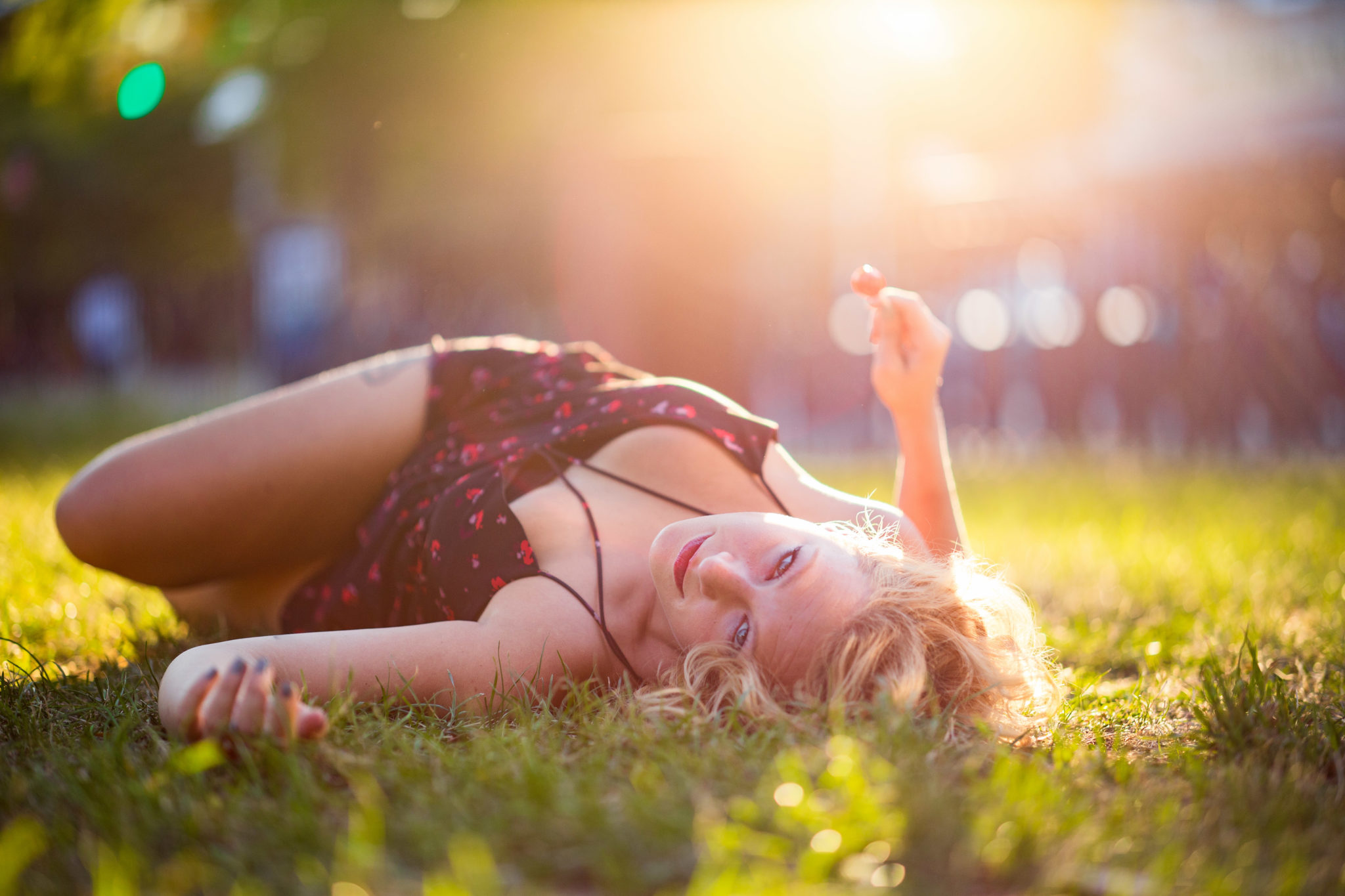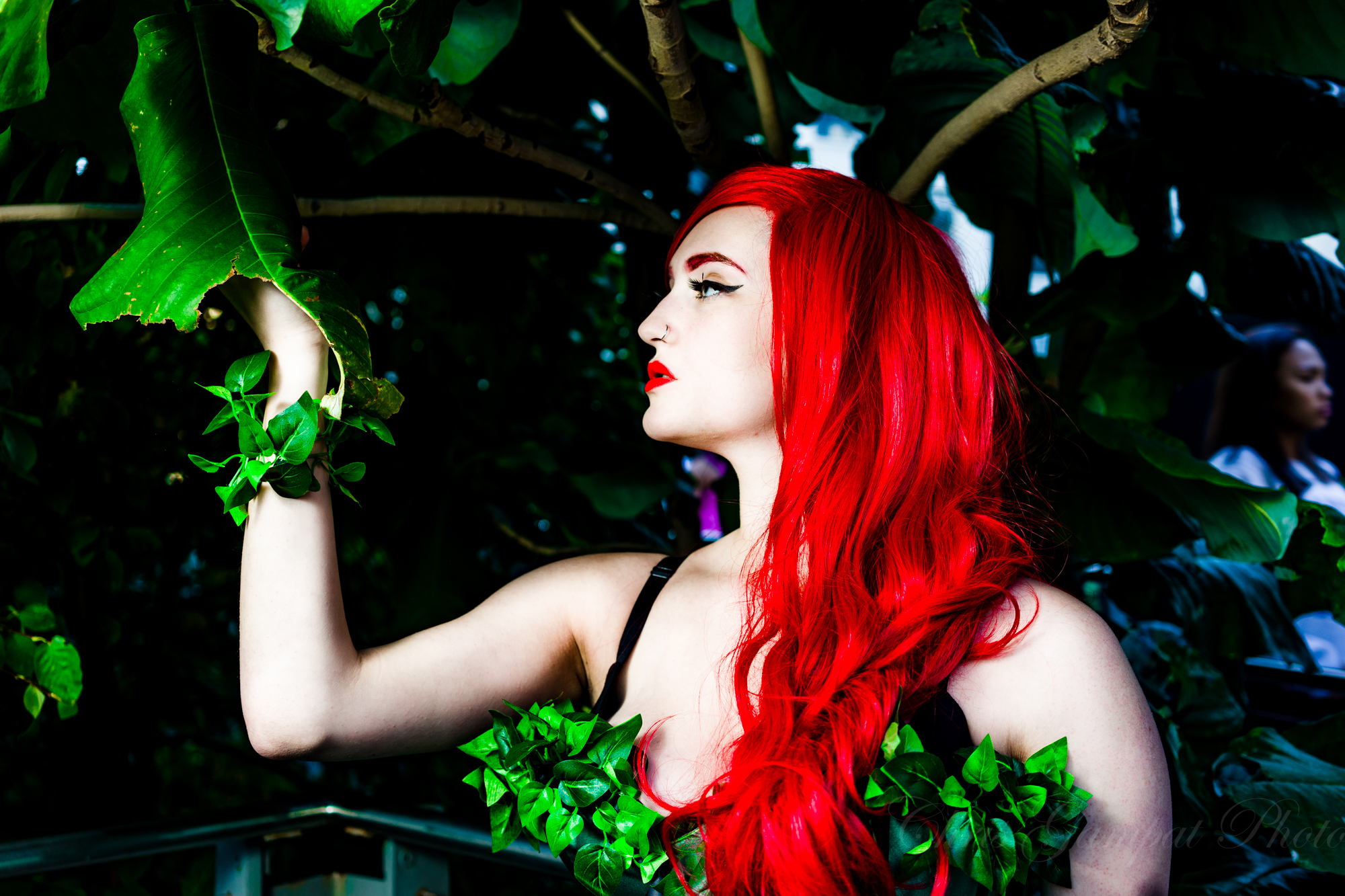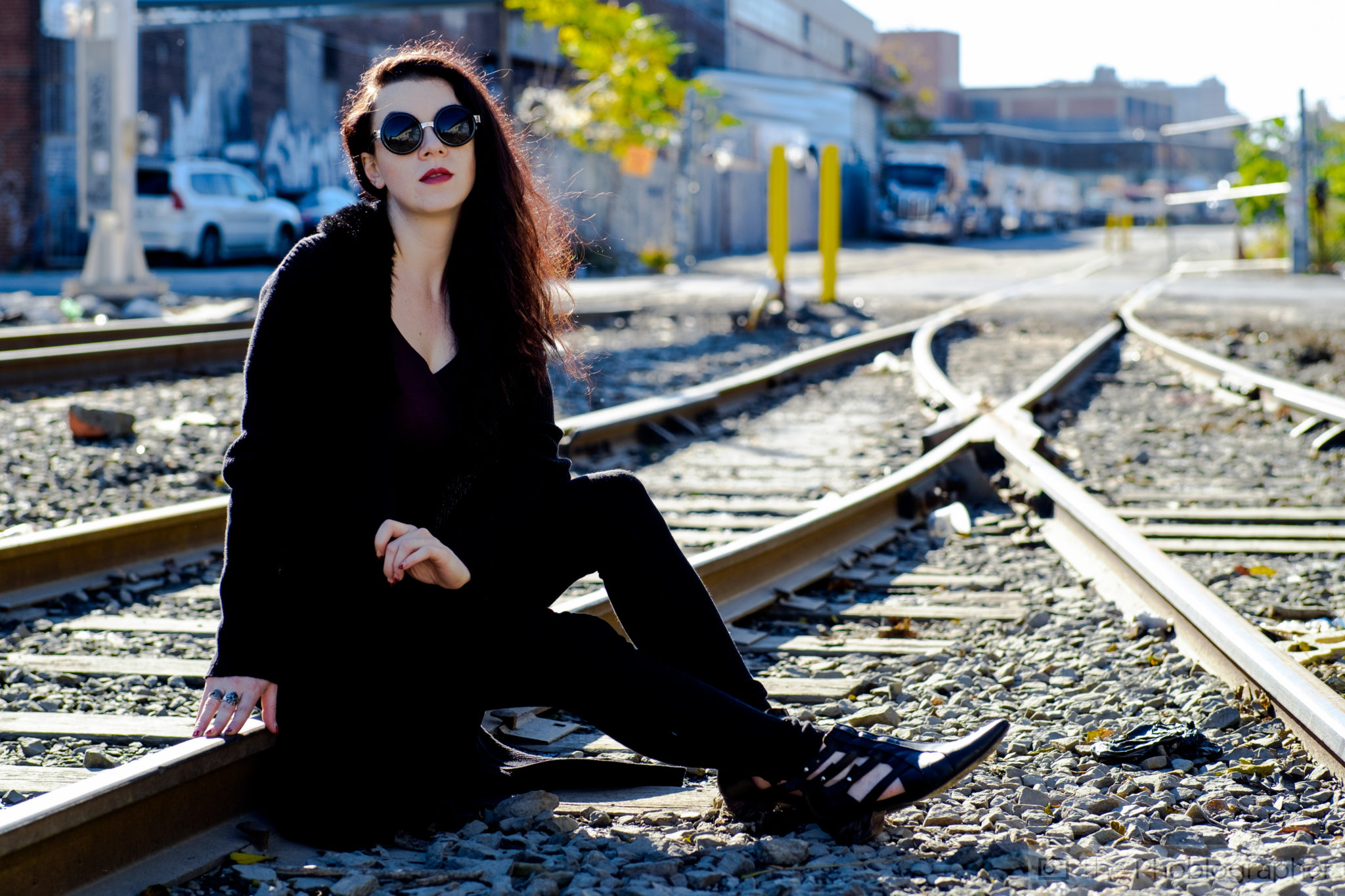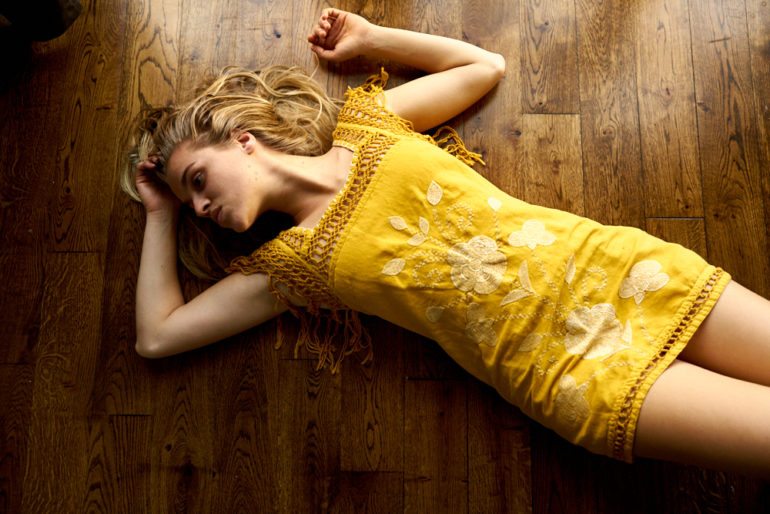Sometimes photographers forget that models are human beings.
Models provide opportunities to learn, they reignite inspiration, and connecting with them provides an excellent excuse to get out of our editing caves and meet with other creatives. As such, several members of The Phoblographer staff and I joined a model on the last day of the Photo Plus Expo and discovered a story deserving of discussion that unfolded right before our eyes. Usually, photo walks are quite fun and create great ways to connect with other photographers. But, this walk became a different sort of revelatory encounter. As the model who was hired to help with the photo walk joined us, we watched what we’ve probably seen all too often on the set of a shoot: a slow but steady dehumanization of the young woman in front of us: beautiful, photogenic, and seen as a prop instead of a person.
The situation was subtle, but played out as such: the photographer wanted to make dramatic portraits against the Manhattan skyline. To create such a scene, the photographer had the model stand on a traffic pylon about 2-3 ft tall, no more than 10” in diameter, in the middle of an unforgiving concrete and asphalt industrial turnaround. The model clearly did not feel comfortable or safe, as she kept reaching out for the hand of the man spotting her to help her balance. However, the photographer and her attendees pressed on, waiting impatiently for moments where the model felt steady enough to let go, and her spotter could vacate the frame. No one spoke up to the clear endangerment of the model. No one called it out and said, “This is clearly too risky.” If the model had fallen, she undoubtedly would have been severely injured. No one brought mats, padding, or any sort of safety/cushioning to protect her from the risky request being made. In fact, it was quite the opposite, with a participant even complaining at one point, emphatically calling out, “Wait!” as the spotter stepped in to retake her fearful hand. The need for a clean shot superseded her need for safety and support in the eyes of everyone photographing her, and it was deeply disturbing and dismaying to watch.
“We get so caught up in the power of creation, and oftentimes we push instead of respect the boundaries created on set, determined to get the shot we want at all cost (usually at the model’s expense). “
We Have No Right to Dehumanize Models
This particular example is not a new issue of any sort of extreme. I’ve seen it time and time again, on all kinds of shoots and a variety of sets. For some reason, we as photographers, photo assistants, editors, art directors, etc. forget that paying a model to work does not mean paying for the right to dehumanize or abuse them. We already wrote a story about the alleged extreme situations some models experience with potentially predatory photographers. The extreme violation speaks to only one kind of objectification and manipulation models suffer at the hands of visual creatives. There are countless, less severe, more nuanced ways we disregard the real, true needs of models as human beings, with the above story being only one example. There were many points at which the situation could have been prevented: when the photographer noticed the model’s discomfort, when the attendees saw her almost fall more than once, etc. Instead, we all were complicit, passive participants living true to the bystander effect, and this seems all too often the end result when working with models.

I’ve personally witnessed all manner of these subtle but significant dismissals of humanity for models. More than once for sets I’ve been on, when lunch orders were taken, the PA or assistant asked each crew member, from hair and makeup to creative direction, what their lunch order was. The model was passed over: an invisible person dead center on set, a faded part of the background rather than a human being. For some strange reason, when the model stepped onto the set, she left her humanity at the edge of the seamless. She ceased to exist as a person and instead became a prop. Her need for food, water, breaks, and the like – all were forgotten. I’ve watched countless models go for hours upon hours without a single moment to breathe, and photographers subsequently becoming frustrated when the models speak up for their needs: a five minute bathroom break, a glass of water, inhaling a bite of their breakfast they barely got to touch before being whisked into hair and makeup. Then, we subject them to unreasonable conditions; I’ve seen swimsuits and summer fashion shot outdoors in February, and watched the photographer complain about shivers and goosebumps, like somehow a woman who is 5’9” and 115 lbs isn’t going to be freezing in a miniskirt and tank top in 40 degree weather. Shooting for hours upon hours in winter weather, improperly clothed – why do we seem to forget how unreasonable and unsafe a request that is? Why do we even feel entitled to ask for it at all?
We sacrifice the safety and security of the talent on our sets for the sake of the shot far too often. It’s an ethical blindspot too many of us as image makers have forgotten we have. We’re so driven to create the next viral video, and get the next best image for Instagram, that subconsciously treating models more like prostitutes than professionals is permiss: “I paid you to do what I want, no matter how extreme or insensitive.” We get so caught up in the power of creation, and oftentimes we push instead of respect the boundaries created on set, determined to get the shot we want at all cost (usually at the model’s expense). We all should have recognized the unnecessary risk being requested in the original anecdote above, and each of us should have felt irresponsible and morally corrupt in continuing to shoot during such an unsafe situation.

We need to reorient ourselves to respect our models as much as we respect anyone else on set, and to remember they are not selling their safety to us. We have a responsibility to respect and protect those who trust us enough to work with us, and that means not endangering them for the sake of the shot.



